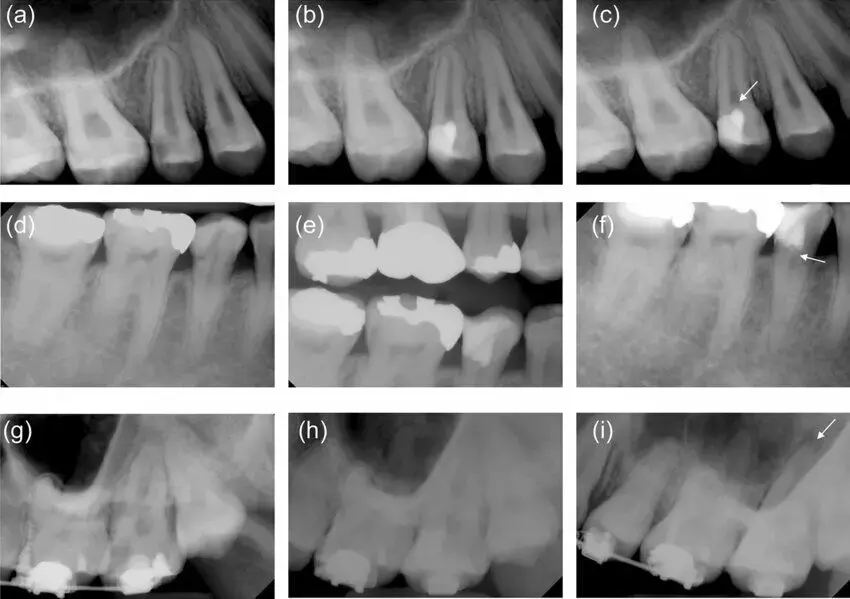- Home
- Medical news & Guidelines
- Anesthesiology
- Cardiology and CTVS
- Critical Care
- Dentistry
- Dermatology
- Diabetes and Endocrinology
- ENT
- Gastroenterology
- Medicine
- Nephrology
- Neurology
- Obstretics-Gynaecology
- Oncology
- Ophthalmology
- Orthopaedics
- Pediatrics-Neonatology
- Psychiatry
- Pulmonology
- Radiology
- Surgery
- Urology
- Laboratory Medicine
- Diet
- Nursing
- Paramedical
- Physiotherapy
- Health news
- Fact Check
- Bone Health Fact Check
- Brain Health Fact Check
- Cancer Related Fact Check
- Child Care Fact Check
- Dental and oral health fact check
- Diabetes and metabolic health fact check
- Diet and Nutrition Fact Check
- Eye and ENT Care Fact Check
- Fitness fact check
- Gut health fact check
- Heart health fact check
- Kidney health fact check
- Medical education fact check
- Men's health fact check
- Respiratory fact check
- Skin and hair care fact check
- Vaccine and Immunization fact check
- Women's health fact check
- AYUSH
- State News
- Andaman and Nicobar Islands
- Andhra Pradesh
- Arunachal Pradesh
- Assam
- Bihar
- Chandigarh
- Chattisgarh
- Dadra and Nagar Haveli
- Daman and Diu
- Delhi
- Goa
- Gujarat
- Haryana
- Himachal Pradesh
- Jammu & Kashmir
- Jharkhand
- Karnataka
- Kerala
- Ladakh
- Lakshadweep
- Madhya Pradesh
- Maharashtra
- Manipur
- Meghalaya
- Mizoram
- Nagaland
- Odisha
- Puducherry
- Punjab
- Rajasthan
- Sikkim
- Tamil Nadu
- Telangana
- Tripura
- Uttar Pradesh
- Uttrakhand
- West Bengal
- Medical Education
- Industry
Laser Pulpotomy with Mineral Trioxide Aggregate yields best outcomes: Study

Researchers have found in a new study that Pulpotomy with Calcium Hydroxide and Mineral Trioxide Aggregate (MTA) show comparable success rates. However Laser pulpotomy combined with MTA yields the best clinical and radiographic outcomes.The findings of research are based on evaluations across multiple time periods.
Vital pulpotomy involves the partial removal of the coronal pulp tissue in cases of vital pulp exposure, aiming to maintain the health and function of the remaining radicular pulp.
The first aim of this study was to compare the effects of two different methodological approaches towards vital pulpotomy of the primary teeth-conventional and laser pulpotomy; thereafter, the aim was to perform a comparison of the effects of the application of calcium hydroxide (Ca(OH)2) versus mineral trioxide aggregate (MTA); then, we analyzed and compared clinical and radiographic changes in pulpotomized teeth over a defined time period; finally, we determined the degree of efficiency of different methods of vital pulpotomy of the primary teeth.
Methods:This study analyzed 40 primary molars, 20 teeth treated with conventional pulpotomy and 20 teeth submitted to laser pulpotomy. Additionally, two pulpotomy agents-Ca(OH)2 and MTA-were used.
The following clinical parameters were examined: pain, percussion sensitivity, swelling, sinus tract presence and pathological mobility. Absence of apical radiolucency, external and internal root resorption, and periodontal ligament widening were key radiographic parameters of the success of the endodontic therapy.
Results: The results showed that there was no statistically significant difference between the two pulpotomy agents-Ca(OH)2 and MTA=and therefore both can be used as alternative pulpotomy agents in the primary teeth. Conclusions: The success rate of pulpotomy with Ca(OH)2 is similar to that of pulpotomy with MTA. The combination of laser pulpotomy and the use of MTA gave the best results according to all clinical and radiographic criteria examined and in all analyzed periods.
Reference:
Simonoska, J.; Bjelica, R.; Dimkov, A.; Simjanovska, J.; Gabrić, D.; Gjorgievska, E. Efficacy of Laser Pulpotomy vs. Conventional Vital Pulpotomy in Primary Teeth: A Comparative Clinical Analysis. Children 2025, 12, 341. https://doi.org/10.3390/children12030341
Dr. Shravani Dali has completed her BDS from Pravara institute of medical sciences, loni. Following which she extensively worked in the healthcare sector for 2+ years. She has been actively involved in writing blogs in field of health and wellness. Currently she is pursuing her Masters of public health-health administration from Tata institute of social sciences. She can be contacted at editorial@medicaldialogues.in.
Dr Kamal Kant Kohli-MBBS, DTCD- a chest specialist with more than 30 years of practice and a flair for writing clinical articles, Dr Kamal Kant Kohli joined Medical Dialogues as a Chief Editor of Medical News. Besides writing articles, as an editor, he proofreads and verifies all the medical content published on Medical Dialogues including those coming from journals, studies,medical conferences,guidelines etc. Email: drkohli@medicaldialogues.in. Contact no. 011-43720751


